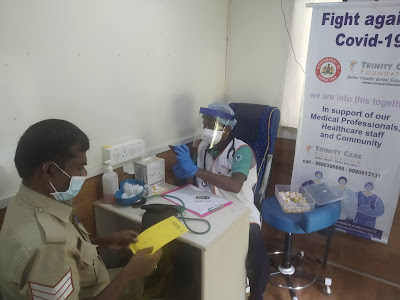What is herd immunity?
When most of a population is immune to an infectious disease, this provides indirect protection—or population immunity (also called herd immunity or herd protection)—to those who are not immune to the disease.
For example, if 80% of a population is immune to a virus, four out of every five people who encounter someone with the disease won’t get sick (and won’t spread the disease any further). In this way, the spread of infectious diseases is kept under control. Depending how contagious an infection is, usually 50% to 90% of a population needs immunity before infection rates start to decline. But this percentage isn’t a “magic threshold” that we need to cross—especially for a novel virus. Both viral evolution and changes in how people interact with each other can bring this number up or down. Below any “herd immunity threshold,” immunity in the population (for example, from vaccination) can still have a positive effect. And above the threshold, infections can still occur.
-> The higher the level of immunity, the larger the benefit. This is why it is important to get as many people as possible vaccinated. <-
More @ https://www.jhsph.edu/covid-19/articles/achieving-herd-immunity-with-covid19.html
This is how vaccinating yourself against #COVID19 can help protect your whole community 🙅♀️ 👇#VaccinesWorkpic.twitter.com/cViYKupd8N
— UNICEF South Asia (@UNICEFROSA) April 19, 2021
~ Building a fairer, healthier world.


No comments:
Post a Comment